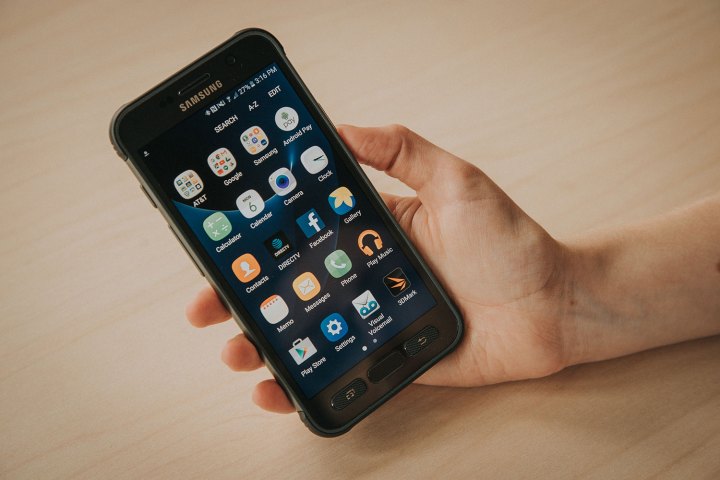
But what is a ‘device-local safe browsing API’? It is basically a way for developers to use the same protections that Google uses on the web and it determines whether a link is safe to visit or if it has been previously marked as a known threat on Google’s list. Examples of sites that would not be considered safe include social phishing websites that attempt to get login information from you, as well as sites that host malware. The API is aimed at being extremely easy to implement within an app.
“Since our initial launch we’ve shown hundreds of millions of warnings, actively warning many millions of mobile users about badness before they’re exposed to it,” Google employees wrote in a blog post. “We look forward to all Android developers extending this same protection to their users, too.”
Of course, as a mobile API, it is also built to keep battery use and bandwidth consumption as low as possible. Another great thing about the new API is that it is being rolled out in the latest version of Google Play Services, meaning all developers can take advantage of it and it can be used on older devices — even those dating back as far as Android 2.3.
The API also uses the latest version of the Safe Browsing protocol, which basically means that it acts as quickly as possible — also saving on cellular data. Apps using the API are able to specify exactly which threats to avoid — malware, phishing, or both.



